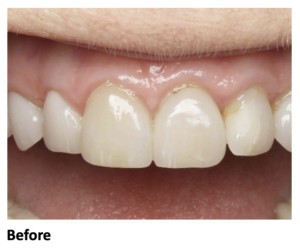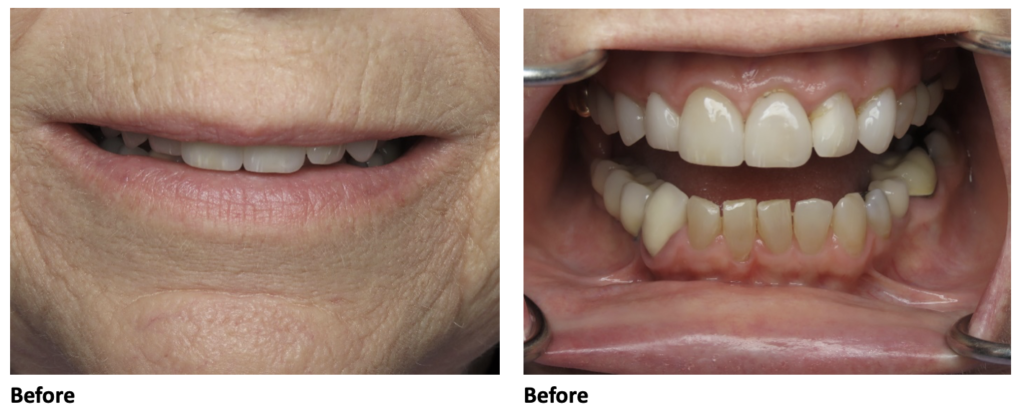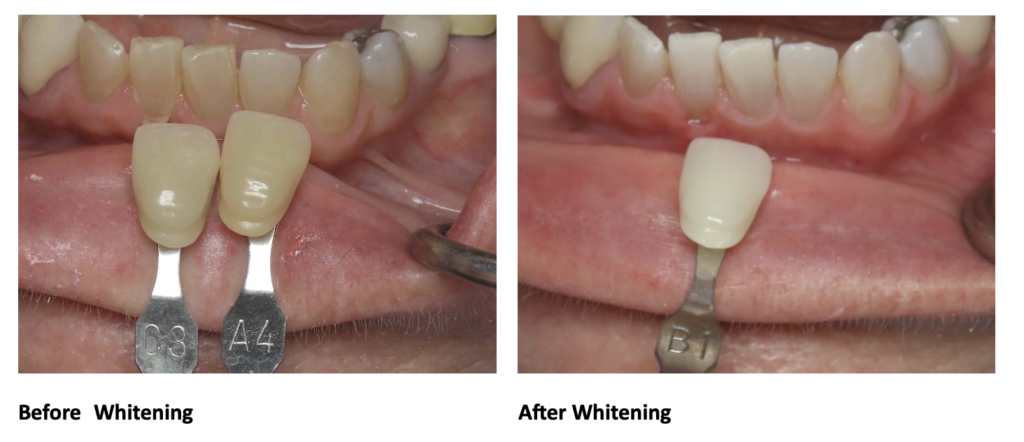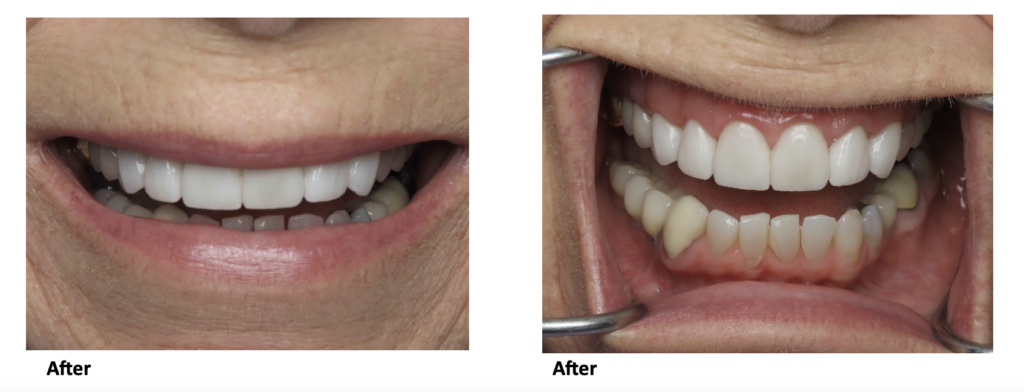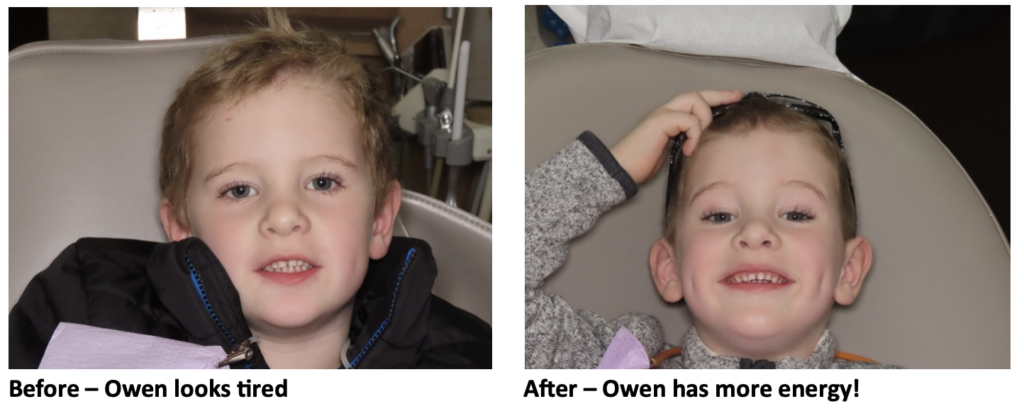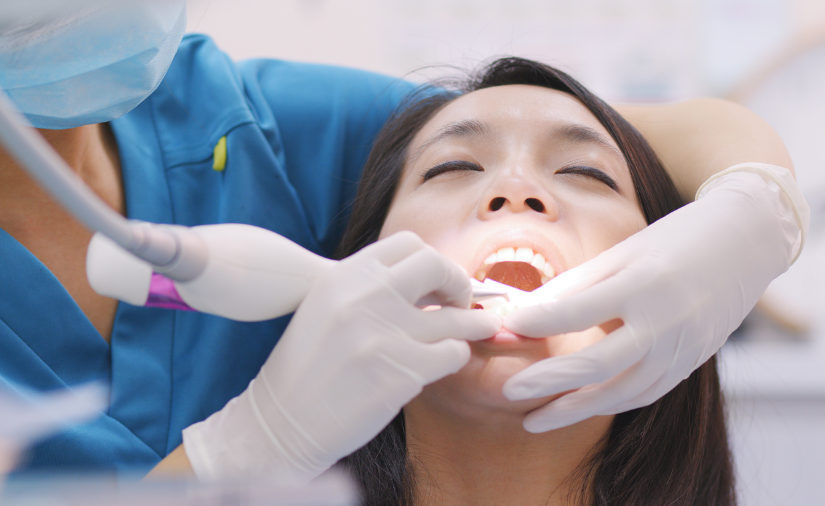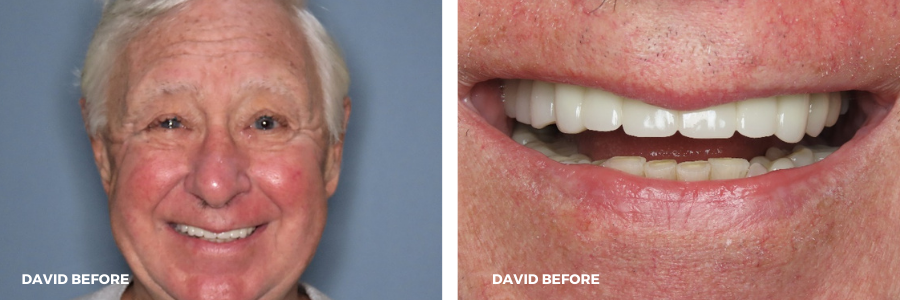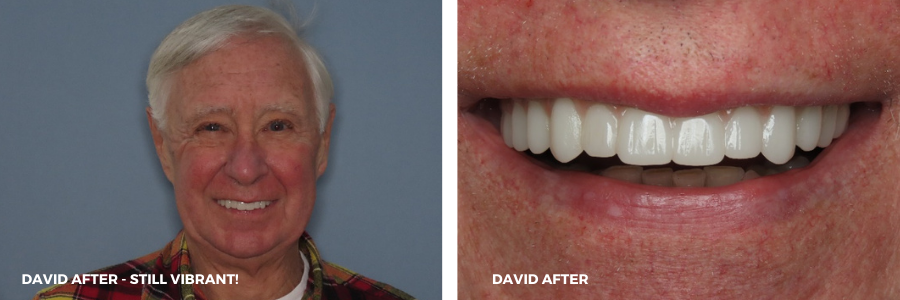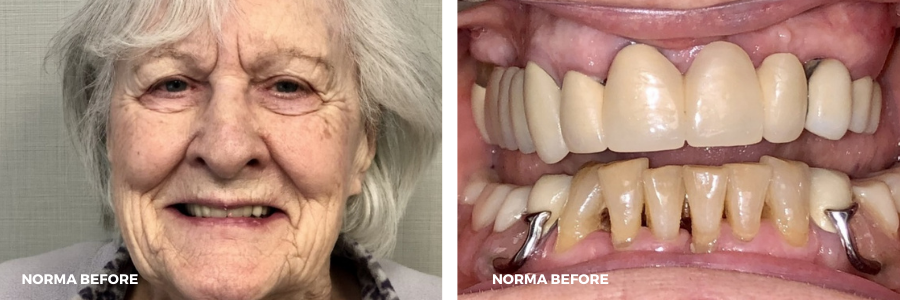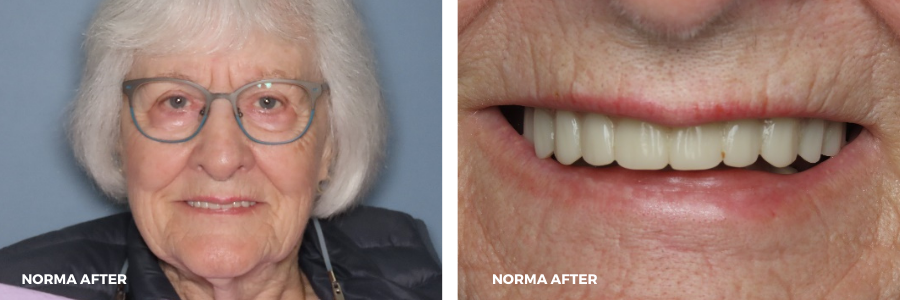By: Dr. Elizabeth Eggert
If you’re experiencing constant dental pain, have frequent dental visits to address problems, or simply have multiple cracked, broken, missing, or badly worn teeth, it might be time to consider a full mouth reconstruction.
A full mouth reconstruction is a comprehensive dental treatment that involves restoring or replacing all of the teeth in a patient’s mouth. This process usually includes a combination of restorative, cosmetic, and orthodontic or surgical procedures. Many of our patients here at Eggert Family Dentistry report feeling transformed when the treatment process is finished! This process, while it can be long and involved, provides our patients with an attractive smile and a healthy mouth, free of pain or discomfort!
Who Needs a Full Mouth Reconstruction?
A full mouth reconstruction may be needed for a variety of reasons, including:
- Severe tooth decay
- Significant occlusal (bite) issues
- Advanced gum disease
- Trauma to the teeth and jaw
- Congenital defects that affect the structure and function of the teeth and jaw
- Long-term chronic illness
- Oral cancer or cancer treatment
Because the reasons for full mouth reconstruction vary so widely, so too do the treatment options. A combination of treatments is usually required for a holistic and comprehensive treatment plan that suits each patient’s unique needs.
Treatment Options for Full Mouth Reconstruction
We offer a variety of effective treatment options for a full mouth reconstruction, including orthodontic treatment with Invisalign, dental implant coordination with our preferred oral surgeons, prosthetic implant options, and dental restorations like crowns or veneers. Dr. Elizabeth Eggert or Dr. Jeff Eggert will work closely with you to determine the best treatment plan for your individual needs.
Orthodontic Treatment: Your occlusion, or how your teeth contact, must be addressed before we perform additional restorative procedures. Orthodontic treatment, such as braces or clear aligners like Invisalign, can be used to straighten crooked or misaligned teeth. Orthodontic treatments will improve your bite and the symmetry of your smile.
Dental Implants: Dental implants are a popular option for replacing missing teeth. They consist of titanium posts that are surgically placed into the jawbone and provide a stable foundation for a replacement tooth, bridge, or even denture. Dental implants offer a permanent solution for missing teeth and can improve the appearance, function, and overall health of the mouth.
Dental Restorations: Dental restorations like Dental crowns or veneers are used to restore damaged or decayed teeth. They are custom-made to fit over the affected tooth and are designed to look and function like a natural tooth. Crowns and veneers can improve the strength and durability of a tooth and can also improve the appearance of a patient’s smile.
What to Expect From Eggert Family Dentistry
Here’s what you can expect when receiving a full mouth reconstruction at Eggert Family Dentistry.
- Evaluation: You will come in for a consultation with Dr. Elizabeth Eggert or Dr. Jeff Eggert, during which we’ll conduct a detailed evaluation of your muscles, jaws, and teeth. This is also where we’ll talk about any health considerations you have, as well as your esthetic goals.
- Determining a treatment plan: Based on all of the above considerations, Dr. Elizabeth Eggert and Dr. Jeff Eggert will work with you to determine a treatment plan that best suits your needs. We’ll answer any questions you may have so that you receive the perfect personalized solution.
- Treatment: This treatment is a long-term project involving multiple visits, but we will be happy to walk you through every aspect of your treatment plan, so you have a clear idea of the timeline. We will also help you work with our preferred dental specialists if needed like an oral surgeon or orthodontist. Depending on which treatments you need, the full mouth reconstruction process can take anywhere from 6 months to two years.
Let’s Give You the Smile You’ve Been Dreaming Of
Eggert Family Dentistry is a highly respected dental practice that offers comprehensive full mouth reconstruction services. Dr. Jeff Eggert and Elizabeth Eggert and their team use state-of-the-art technology and techniques to help their patients achieve optimal oral health and a beautiful smile. If you are in need of a full mouth reconstruction, Eggert Family Dentistry is here for you. Contact us today or give us a call at 651.482.8412 to schedule a consultation and learn more about how we can help you achieve a healthy, confident smile!



